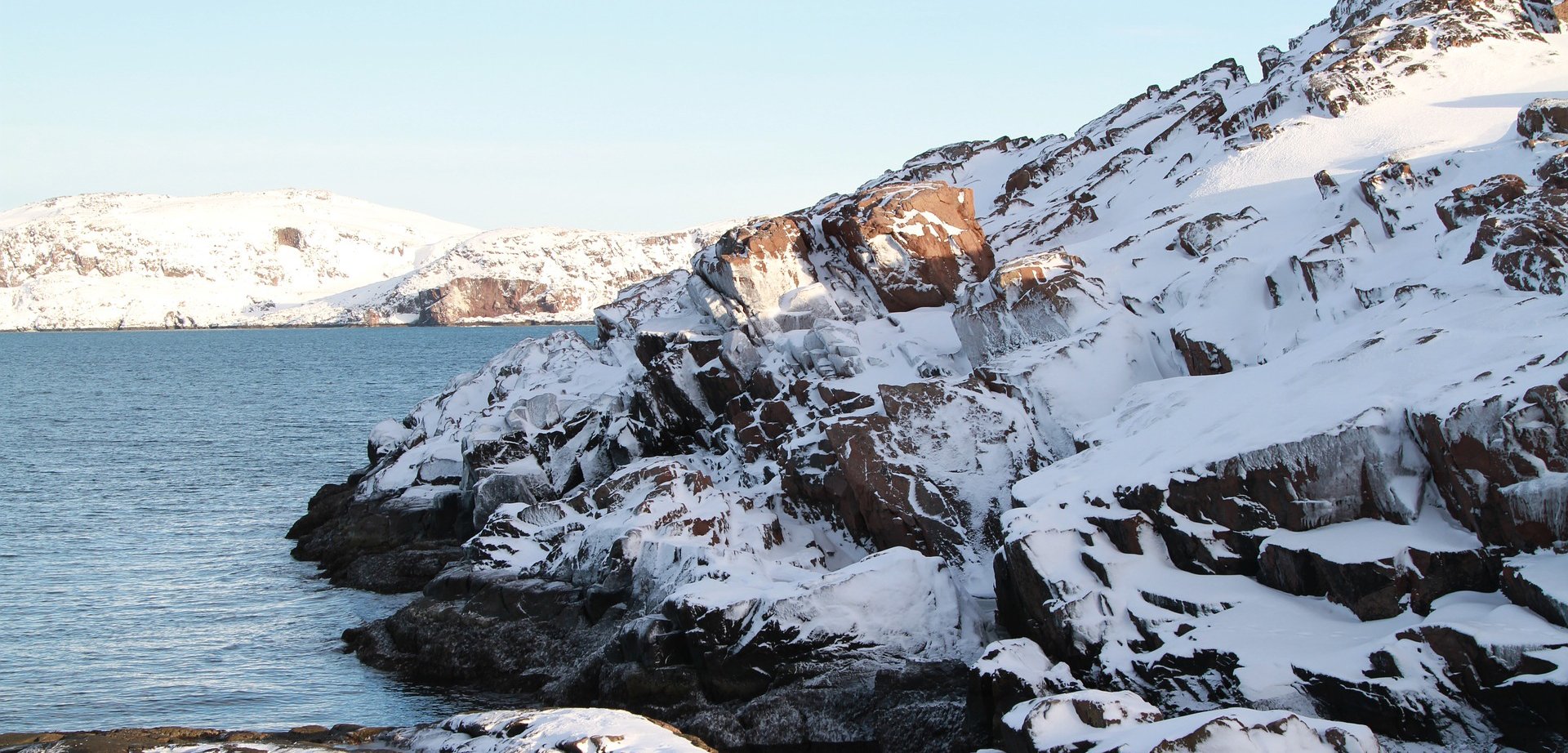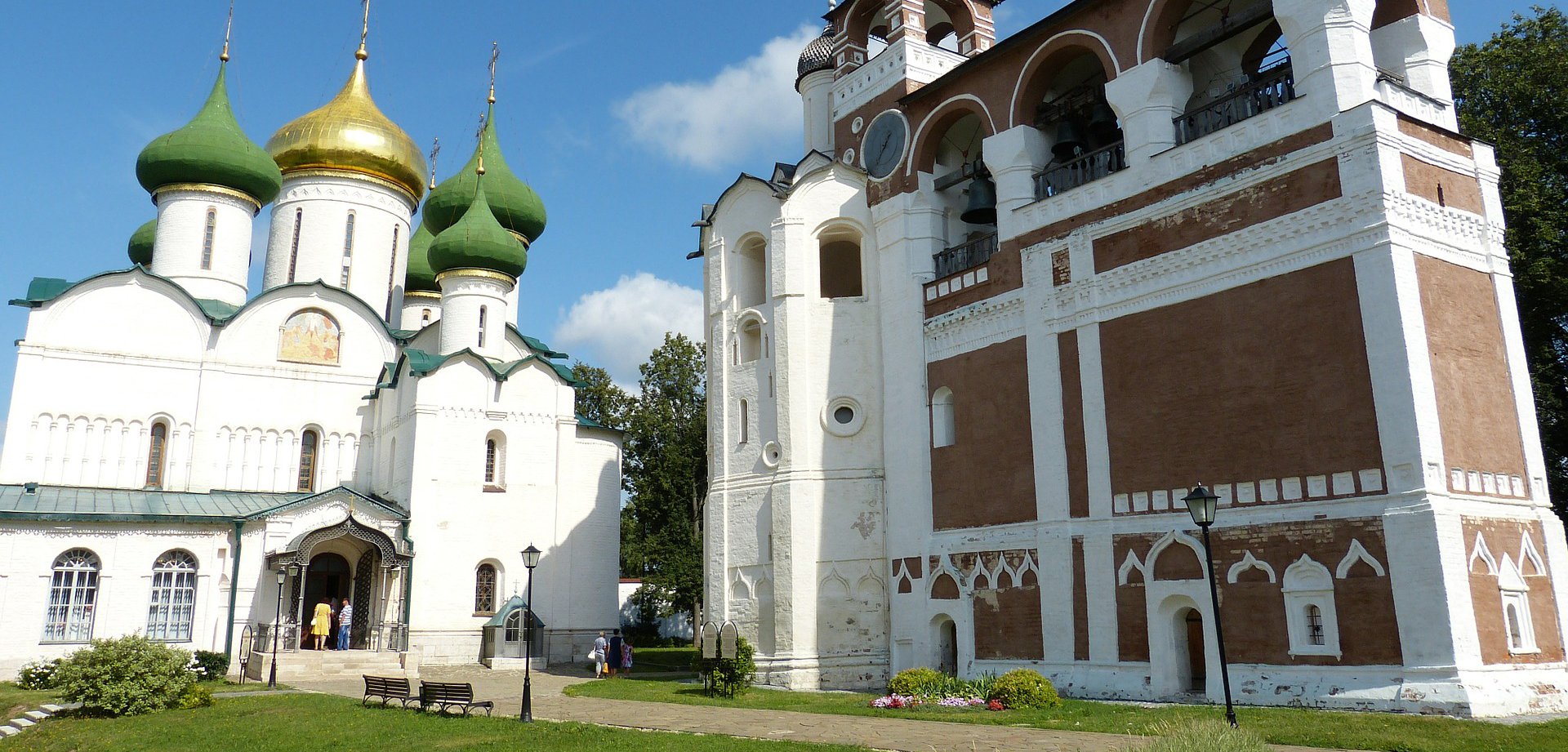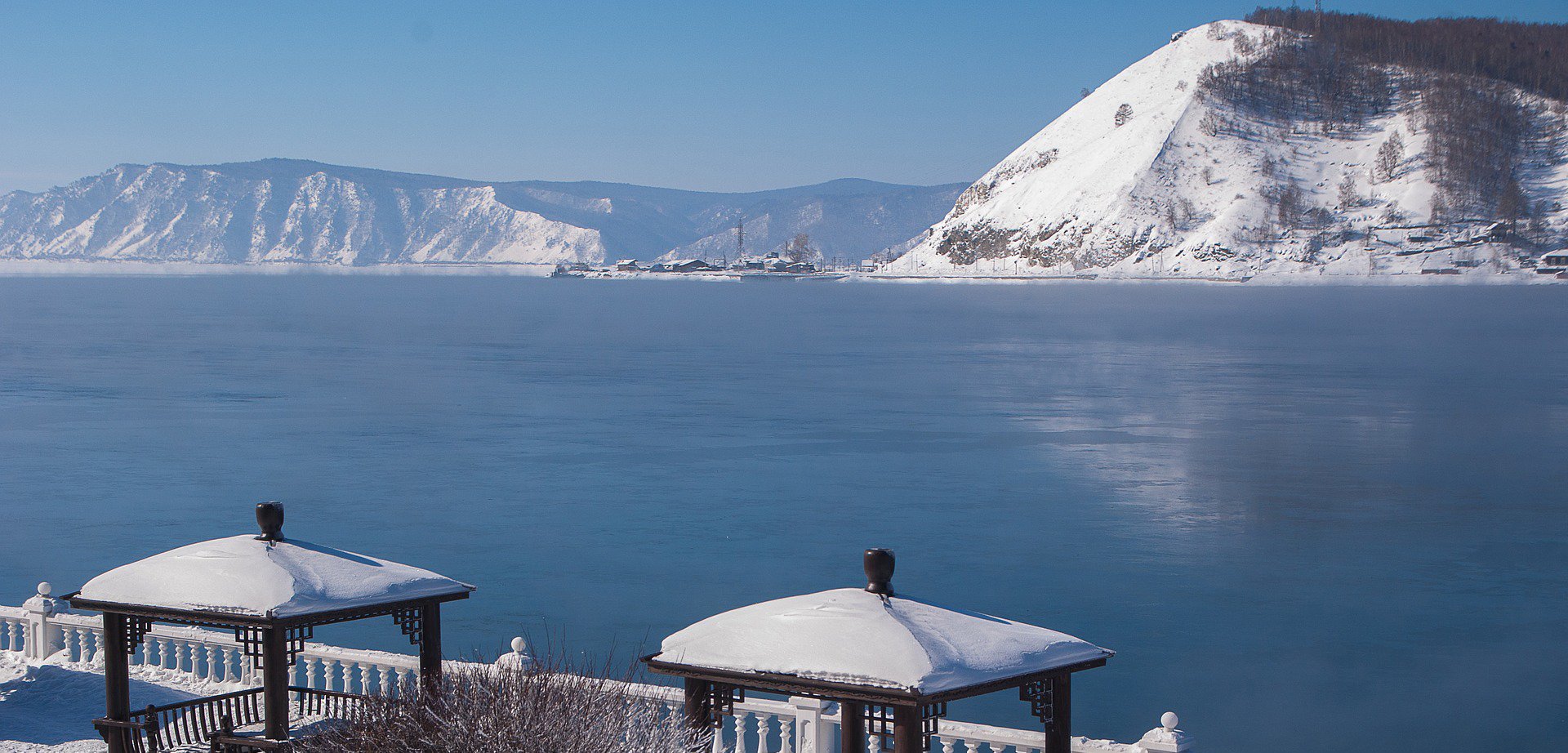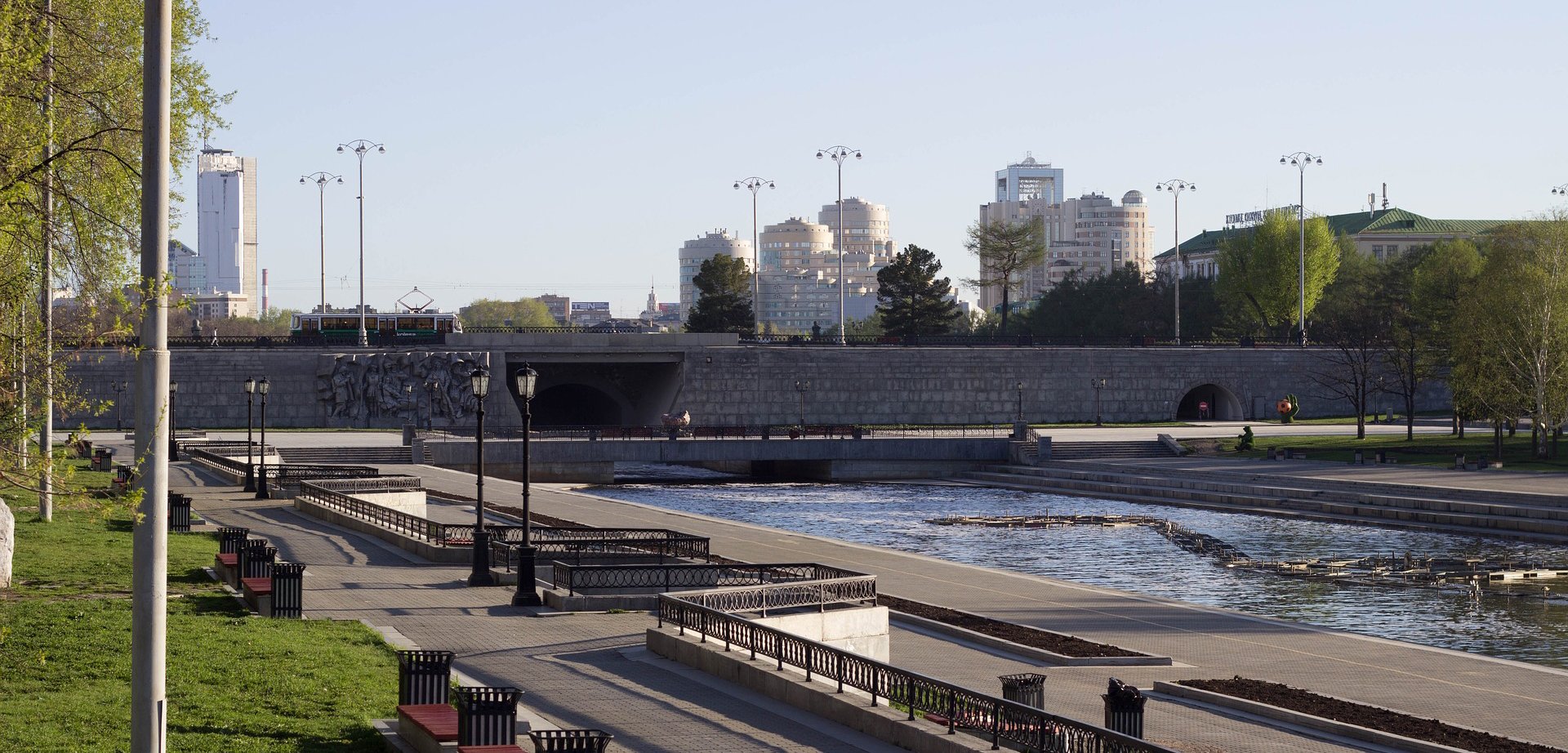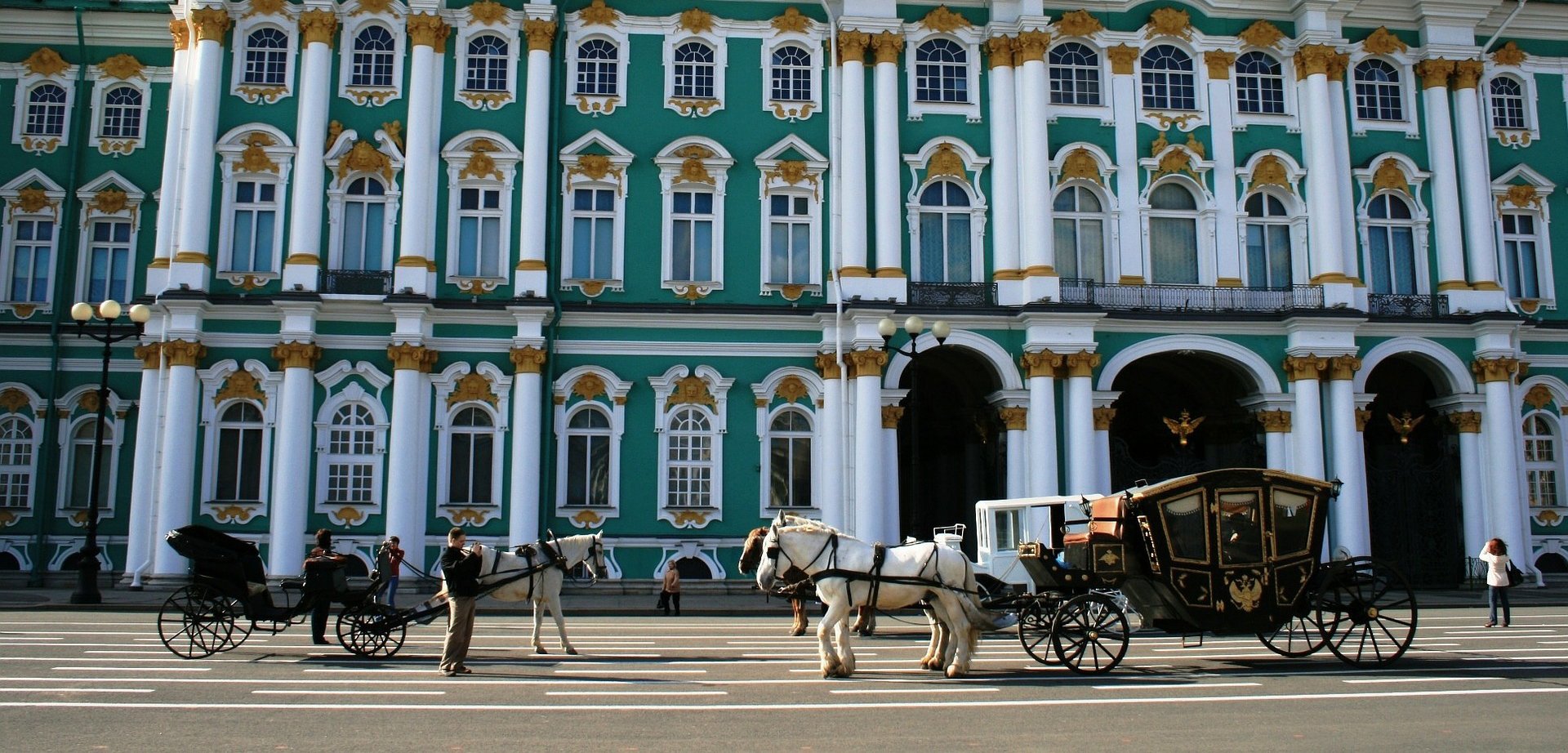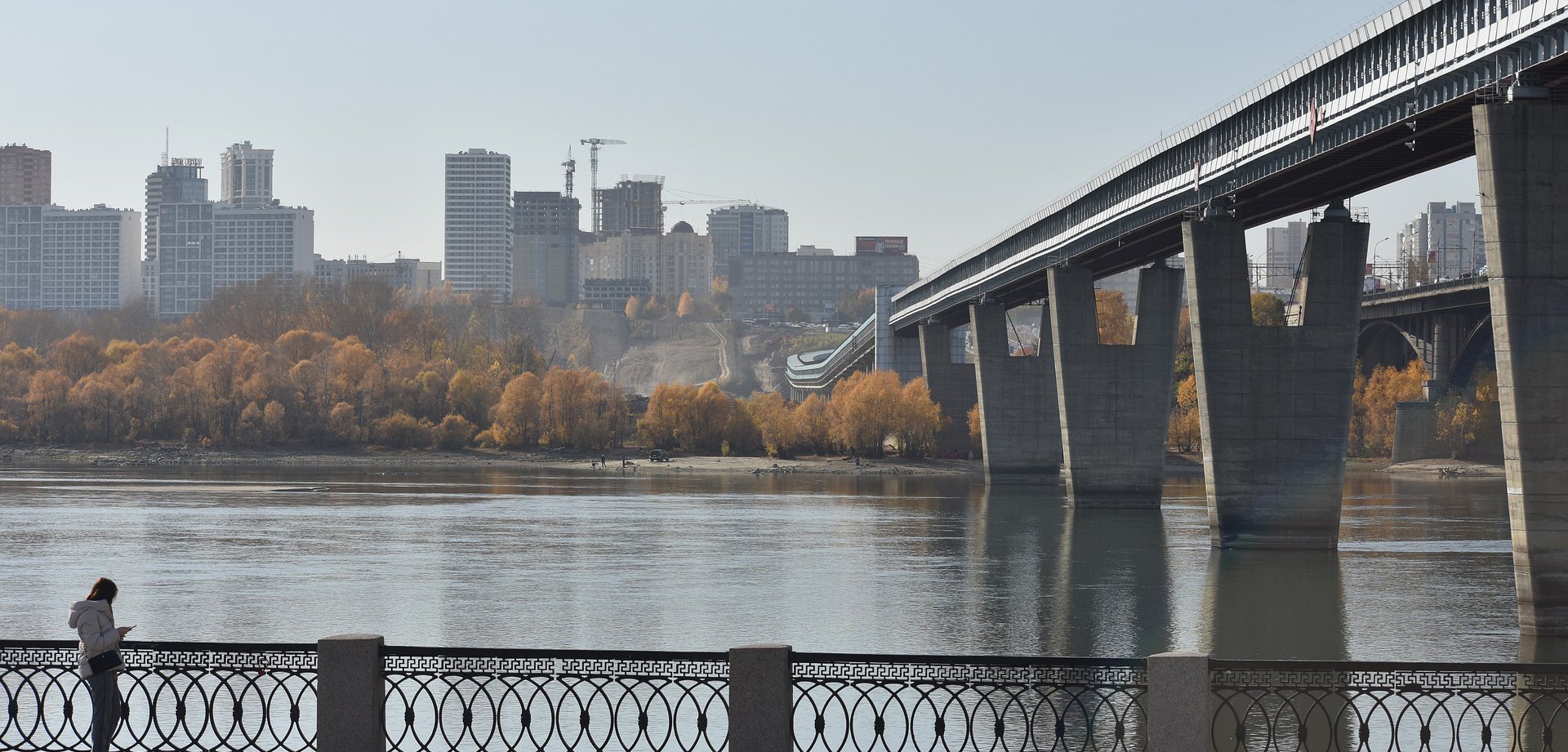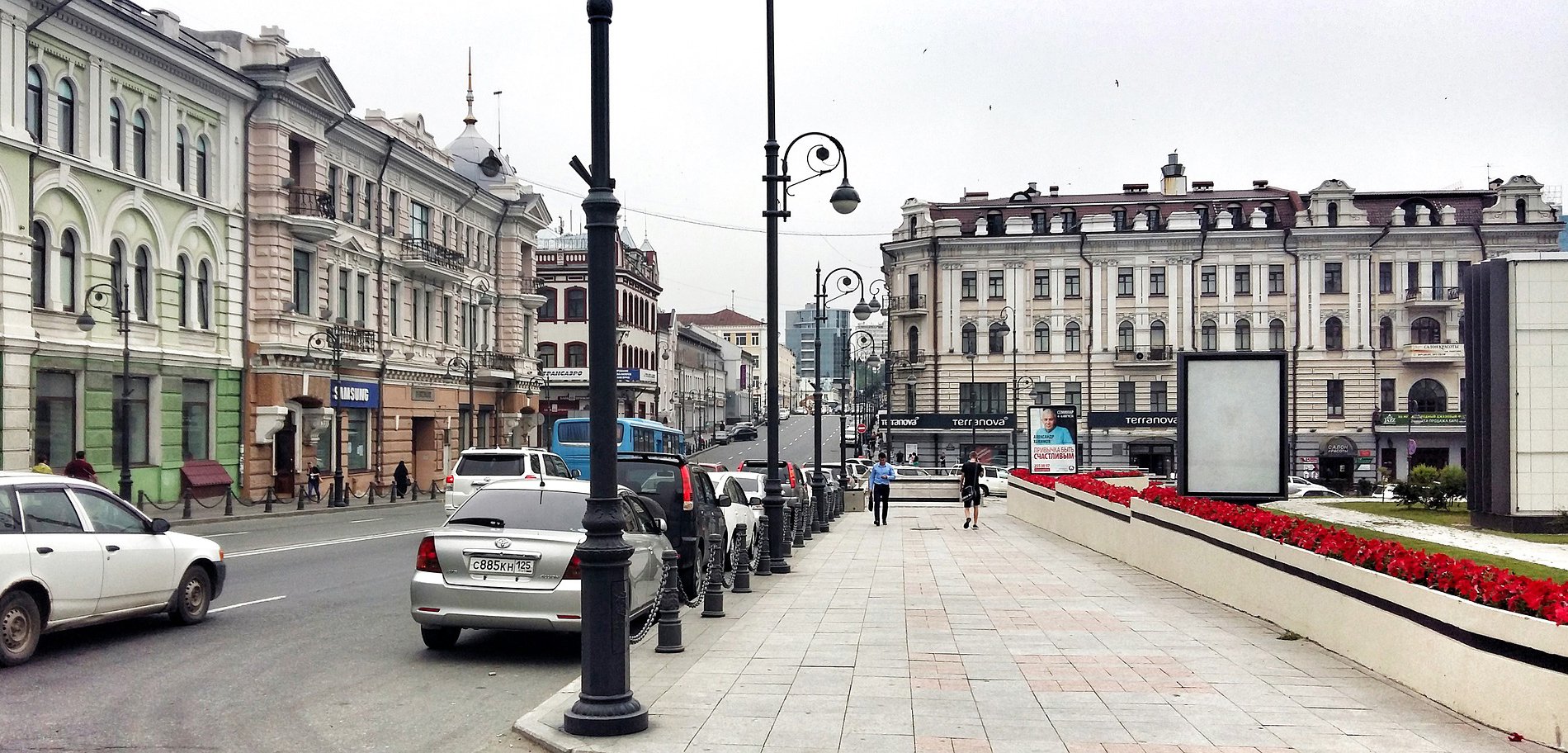Russia Experiences
Moscow
The capital city of the earth’s largest country by area, the greater Moscow Metro Area has 20 million people. The Kremlin is the historic center containing tsarist treasures in the armory. It is also the seat of the Russian President. Red Square is also part of Moscow’s historic center. It features St Basil’s Cathedral and Lenin’s Mausoleum. Other places of interest are the Bolshoi Theatre, Aleksandrovsky Sad and some of the most delightful subway stations anywhere. Moscow and its surroundings have much to offer to the international visitor. Moscow features several international airports.
Murmansk
The city sits on an estuarine inlet of the Barents Sea in Russia's extreme north-west. It is only 70 miles from the border with Norway and 115 miles from Finland and just north of the Arctic Circle. The city is named for the Murman coast, an archaic term in Russian for Norway. Murmansk has two main museums: Murmansk Oblast Museum and Murmansk Oblast Art Museum. Other smaller museums exist as well. The city features three professional theaters, libraries, and an aquarium and the decommissioned Lenin lies here, now a museum ship.
Golden Ring
A vast area in which old Russian settlements are located in a ring-like arrangement, the cities are located northeast of Moscow. These ancient towns preserve the memory of the most important and significant events in Russia's history. The picturesque towns, also meaningful to the history of the Russian Orthodox church, feature unique monuments of Russian architecture of the 12th–18th centuries, among them monasteries and cathedrals.
Lake Baikal
Located in Southern Siberia, Lake Baikal is the largest freshwater lake by volume in the world, containing over 20 percent of the world's fresh surface water. At a maximum depth of over 5,300 ft, Baikal is the world's deepest lake. It is considered among the world's clearest and oldest freshwater bodies. The lake was granted UNESCO World Heritage status in 1996. Lake Baikal is rich in biodiversity. It hosts thousands of plant and animal species, many endemic to the region. The landscape surrounding the lake is beautiful and hilly. The lake can be reached by the Trans-Siberian Railroad.
Yekaterinburg
The city is located on the Iset River in Western Siberia, where Europe and Asia meet and is Russia's fourth-largest city and one of the main cultural and industrial centers in the country. Yekaterinburg was founded in 1723. The city is famous as the location the Russian imperial family was taken to following the October revolution. The deposed Tsar, his wife Alexandra, and their children were executed here by the revolutionaries. On the site of their murder today stands the Cathedral on the Blood in memory of the family. The site attracts many visitors who arrive to pay respect to the last imperial family of Russia.
St. Petersburg
The city is considered an important economic, scientific, and cultural center of Russia. The planet's northern-most metropolis is also the headquarters of Russia's naval forces and her armed forces' western military district. The strategic importance of St. Petersburg is complimented by her cultural status. The city center is recognized as a UNESCO World Heritage site. St. Petersburg is home to the Hermitage, one of the largest art museums in the world and currently, the tallest building in Europe. Foreign consulates and corporations maintain seats here. Nevsky Prospekt on the left bank of the Neva river, is the city's main avenue. Do not miss the Imperial palaces when in the St Petersburg area.
Karelia Region
Russian Karelia is bordered to the west by Finland and to the east by the White Sea. The region to the north of Saint Petersburg is ideal for nature lovers and adventures. It is accessible by train and road vehicles and features two of Europe's largest lakes. The region retains a strong cultural bond to Eastern Finland. While remote and a natural paradise, Karelia houses some of the best-preserved traditional wooden architecture. Use Petrozavodsk, the capital and the largest city of Karelia, as your springboard to discover the beauty of this unique region.
Kazan
Kazan is renowned for its vibrant mix of Oriental and Russian cultures. Her Kremlin is a UNESCO World Heritage site. The city lies at the confluence of the Volga and Kazanka Rivers in Western Russia, about 450 miles east of Russia's capital Moscow. In the Late Middle Ages, Kazan was an important trade and political center. The city is a prominent place of industry with the largest IT park in Russia. In addition to the Kremlin, other places of interest include the towers and walls, erected in the 16th and 17th centuries, later reconstructed; the Qol-Şarif Mosque inside the citadel; remains of the 16th century Saviour Monastery with the Spasskaya Tower; and the Governor's House. The baroque St. Peter & Paul's Cathedral on Qawi Nacmi Street and Marcani Mosque on Qayum Nasiri Street date back to the 18th century.
Novosibirsk
The city was founded in 1893 at the site of a Trans-Siberian Railway bridge crossing of the river Ob. It is Russia's third largest city after Moscow and Saint Petersburg and a major center of industry and learning. The Novosibirsk Zoo is a world-renowned scientific institution as well as a popular attraction for visitors. The young city also features the State Conservatory, Novosibirsk State Philharmonic, is home to Novosibirsk Academic Symphony Orchestra, Novosibirsk Philharmonic Chamber Orchestra, and the Russian Academic Orchestra of Folk Instruments.
Vladivostok
The city is the home to the headquarters of Russia's Pacific fleet and is the largest Russian port on the Pacific Ocean. The Trans-Siberian Railway was built to connect European Russia with Vladivostok, Russia's most important Pacific Ocean port. Finished in 1905, the rail line ran from Moscow to Vladivostok via several of Russia's main cities. Vladivostok is the main air hub in the Russian Far East. The city has several parks and squares. Admiralsky Skver is a landmark located near the city's center. The Square is an open space, dominated by the Triumfalnaya Arka. South of the square sits a museum of Soviet submarine S-56.
![SITA Canada Final_color [Converted]new_for_wp SITA Canada Final_color [Converted]new_for_wp](https://sitatourscanada.com/wp-content/uploads/2019/12/SITA-Canada-Final_color-Convertednew_for_wp.png)

